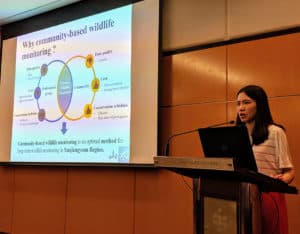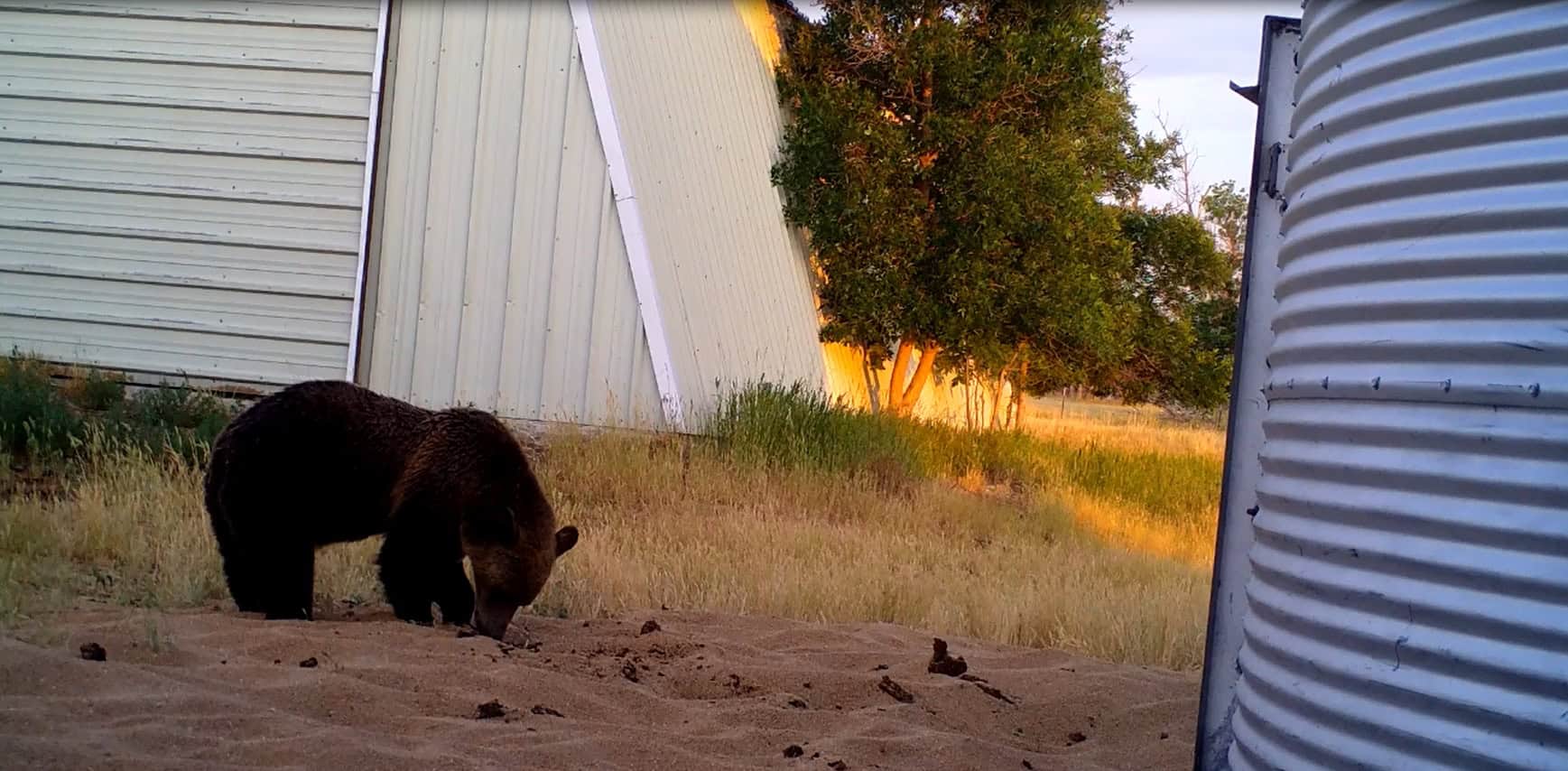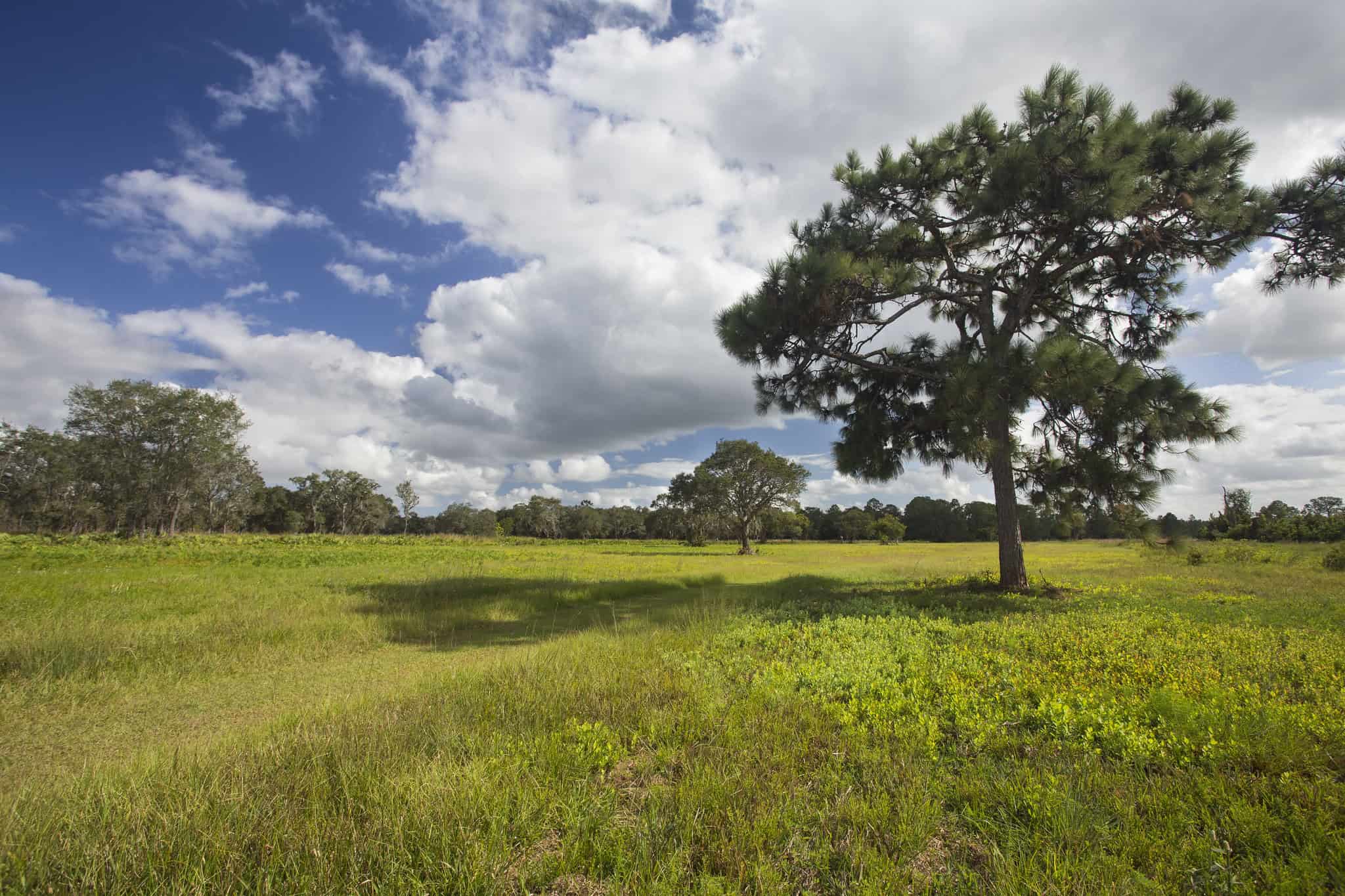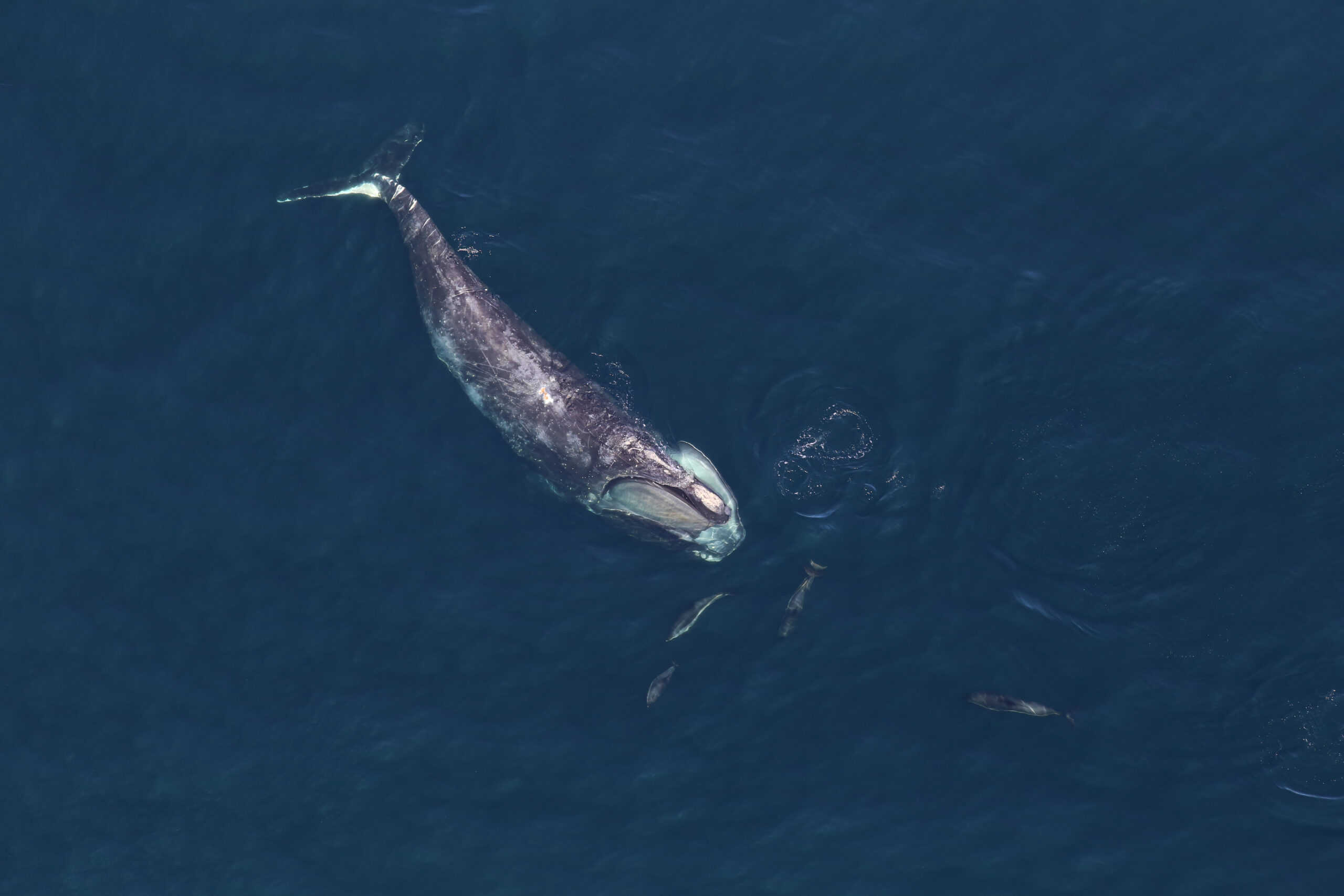Share this article
Working Group sponsors symposium in Malaysia
Wildlife exists in landscapes that are increasingly impacted by humans, so more and more, conservation actions depend upon buy-in and collaboration from local communities to achieve lasting success.
Around the world, examples abound of innovative, community-based education and conservation initiatives that are redefining our definition of wildlife and landscape conservation — from protected areas void of humans to models of informed coexistence.
This theme of community-centered wildlife conservation and management was the focus of a July symposium held at the 2019 International Congress for Conservation Biology in Kuala Lumpur, Malaysia. Titled “Grassroots community engagement: a critical tool for global wildlife conservation” the symposium was sponsored by TWS’s International Wildlife Management Working Group, with support from TWS Council and the Future of International Involvement ad hoc committee. It marked the first time TWS has been involved with the ICCB and provided an exploration into new avenues for international involvement and engagement by TWS.
The symposium highlighted examples of wildlife conservation programs in Asia in which community participation and engagement have been essential elements in the programs’ success. Five speakers discussed effective initiatives that have furthered the protection of snow leopards, sun bears and native, threatened mammals of Sumatra and Taiwan, such as Sumatran rhinos, Asian elephants and Taiwanese pangolins. Invited speakers represented the Wildlife Conservation Society (WCS) China, Panthera, ShanShui Conservation Center, Istituto Oikos Myanmar, Forum Konservasi Leuser (FKL), and National Chung Hsing University of Taiwan.
Speaker Irham Hudaya Yunardi, from Forum Konservasi Leuser, presented multidisciplinary community engagement approaches that have aided in the conservation of the Leuser Ecosystem of Sumatra. Efforts include community-based restoration, allowing harvest for income from non-timber forest products such as wild honey, empowering local communities with legal rights, and providing scholarships for undergraduate research.

Peiyun Li, of the ShanShui Conservation Center, discusses how long-term, community-based wildlife monitoring has led to snow leopard conservation in the Sanjiangyuan region of China. ©Melissa Merrick
Lorenzo Gaffi, from Istituto Oikos Myanmar, shared how community engagement has been a key factor for the conservation of sun bears in Myanmar, where local villagers are the main actors of conservation. Community-based forestry encourages deep ownership and a participatory culture in natural resource protection, Gaffi said. Community guardian groups patrol boundaries and strengthen relationships between local villagers and authorities. They also support alternative livelihoods by providing small loans and employment as conservation technicians — efforts that have converted poachers into conservationists.
Peiyun Li, of the ShanShui Conservation Center, discussed how long-term, community-based wildlife monitoring has led to snow leopard conservation in the Sanjiangyuan region of China. Her research shows that although time-intensive, community-based conservation efforts were more cost-effective in the long run. They were also an effective tool for introducing conservation methods and building local capacity. Fair, equitable community involvement was the most important factor in the success of any conservation actions, including salaried rangers, host-family experiences, education and training.
Xiaoxing Bian, of the WCS West China Program, described how community-centered partnerships pastoralist communities coexist with snow leopards in northern Tibet, where livestock depredations are high and the government compensates communities for their losses. By employing pastoralists as rangers in charge of monitoring camera traps and providing conservation performance payments, communities have autonomy to develop novel solutions independently. Effective solutions include mannequins, fencing, lights and a phone app for wildlife distribution and biodiversity monitoring.
TWS and IWMWG member Hsiang Ling Chen, of National Chung Hsing University of Taiwan, discussed how in Yangmingshan National Park, Taiwan, free-roaming dogs are supported by local communities with food subsidies, but these dogs have negative impacts on native mammals. Dr. Chen’s team collected occupancy and demographic data from camera traps to simultaneously document dog-wildlife interactions as well as low survivorship of feral dogs. The team was able to change public opinion about the welfare of feral dogs through a public education campaign, which brought about changes in animal shelter practices and improved responsible pet ownership in the communities surrounding the national park.
TWS members may join the International Wildlife Management Working Group today for just $10! Visit the Working Group’s website to learn more about their mission, meet their officers, and more.
Header Image:
Conservationists have turned to community partnerships to protect the snow leopard.
©Snow Leopard Conservancy/Jammu & Kashmir Wildlife Protection Department








